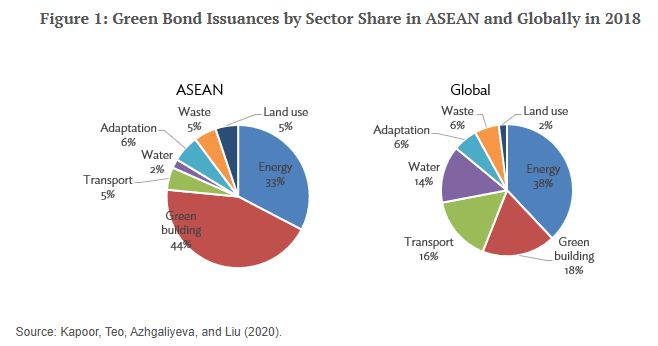Energy-efficient buildings Southeast Asia are gaining momentum as the region seeks to address rising energy consumption, CO2 emissions, and the need for sustainable, cost-effective construction. Regulatory changes and growing demand for eco-friendly solutions are driving this trend, offering immense benefits to both the environment and the economy.
Why Energy-Efficient Buildings Southeast Asia Matter

Buildings account for 40% of Southeast Asia’s total energy consumption, making them a major contributor to the region’s energy demand. In 2020 alone, buildings were responsible for 23% of process and energy-related CO2 emissions, equivalent to 0.4 gigatonnes. This highlights the urgent need to prioritize energy efficiency in the construction and operation of buildings.
Implementing energy-saving measures could significantly reduce emissions—by over 60% by 2040 compared to 2020 levels. This potential underscores the transformative impact that Energy-Efficient Buildings Southeast Asia could have on climate goals and energy security in the region.
Regulatory Frameworks Paving the Way
Governments across SE Asia are introducing policies to encourage energy efficiency in construction. Thailand has developed building codes that improve efficiency by up to 10%, while Indonesia has taken similar steps to promote energy-smart designs. Singapore has gone a step further with its mandatory energy improvement regime for Energy-Efficient Buildings Southeast Asia. These policies align with Singapore’s goal to make 80% of its buildings green by 2030.
On a regional scale, the ASEAN Plan of Action for Energy Cooperation aims to reduce energy intensity by 32% by 2025. Buildings are at the heart of this strategy, reflecting their central role in achieving energy reduction targets.
Rising Demand for Sustainable Solutions
The demand for sustainable construction solutions is another factor fueling the growth of energy-efficient buildings Southeast Asia. As air conditioning demand in the region is projected to nearly double from 16% of electricity use today to 30% by 2035, energy-efficient cooling systems and building designs are becoming essential.
Investing in energy efficiency not only reduces environmental impact but also offers substantial financial returns. In fact, energy efficiency investments in the ASEAN region provide a high internal rate of return, making them attractive to both developers and policymakers.
Singapore as a Regional Leader in Energy-Efficient Buildings Southeast Asia
Singapore stands out as a leader in promoting Energy-Efficient Buildings Southeast Asia. The city-state’s commitment to achieving net-zero emissions by 2050 includes stringent regulations requiring energy audits and mandatory improvements for high-energy-use buildings. Singapore’s comprehensive approach serves as a model for other nations in the region, demonstrating how regulatory action can drive tangible progress.
Impactful Statistics at a Glance
- Buildings use 40% of total energy in Southeast Asia.
- They account for 23% of the region’s energy-related CO2 emissions.
- Energy efficiency could cut these emissions by over 60% by 2040.
- Cooling systems will consume 30% of electricity by 2035 without interventions.
- ASEAN plans to reduce energy intensity by 32% by 2025.
SE Asia stands at a crossroads. With regulatory support and growing demand for sustainable solutions, Energy-Efficient Buildings Southeast Asia can pave the way for a greener, more sustainable future.
The Road Ahead: An Opportunity for Transformation
Energy-Efficient Buildings Southeast Asia are more than just an environmental necessity—they represent a critical turning point for sustainable development in the region. By embracing regulatory frameworks and advancing energy-saving technologies, SE Asia can significantly lower energy consumption and CO2 emissions. This transformation is not just about meeting climate targets but also about creating cost-effective, sustainable cities for the future.

